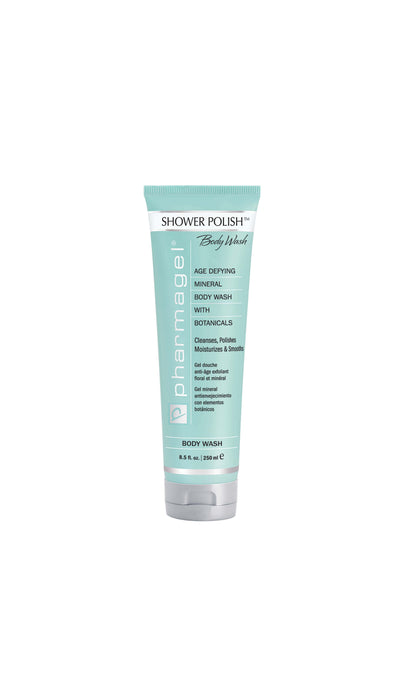Acid Mantle
A slightly acidic lipid layer that coats the surface of the skin, protects it from potential contaminants, such as bacteria, and aids in maintaining the skin’s natural pH level of 4.5 to 6.2.
Amino Acids
Amino acids are essential for building and repairing body tissue, and they perform crucial functions like making proteins, hormones, and neurotransmitters. They are also maintain healthy skin, hair, and nails, and support the immune system.
Cell Rejuvenation
The continual rebirth of cells within the stratum basale.
Cell Rejuvenation
A tough, fibrous protein produced in the dermal layer of the skin. Providing the main structural support of the dermis, collagen helps the skin hold its shape, keeps it firm and prevents moisture loss. Collagen protein is only found in the dermis.
Dehydration
Skin dehydration occurs in the outermost stratum corneum. It happens as a result of insufficient moisture or water in the skin.
Eccrine Sweat Gland
The gland located beneath the dermis that secretes salty moisture through the pores to the surface of the skin.
Elastin
Helps skin return to its original position when it is poked or pinched.
Emollients
Agents that soften and smooth the skin, making it feel softer and reducing roughness, cracking and irritation. Emollients also help retard fine wrinkles caused by aging. Emollients have high melting points and disappear rapidly into the surface of the skin to prevent the loss of natural moisture from the skin.
Emulsifiers
Agents used to assist and balance the ingredients found in emollients. Typically, two or more non-mixable liquids are shaken so thoroughly they appear to be homogenized. A good example is the emulsion of oil with water.
Humectant
A substance capable of preserving the moisture content in the skin by attracting and retaining moisture.
Hydrophilic
An ingredient capable of absorbing or blending with water. A hydrophilic prevents physical or chemical product change and acts as a sequestering and balancing agent.
Lipid Barrier
The lipid barrier is a protective layer on the skin that helps maintain its health and moisture.
Protects the skin from irritants and allergens, regulates moisture levels, prevents water loss and help to resists bacterial and fungal infections
Pore
A surface opening at the end of an eccrine gland’s duct.
Proteins
Complex nitrogenous compounds formed in living organisms, consisting of amino acids bound together by peptide linkages. Proteins provide the essential constituent of every living cell in plants and animals.
Sebaceous Gland
Gland located within the dermal layer of the skin, which secretes oily sebum onto the skin’s surface.
Stratum Corneum
The outermost layer of the epidermis. This layer is largely responsible for the vital barrier function of the skin.
Stratum Granulosum
The second layer of the epidermis, lying just beneath the stratum corneum, consisting of diamond-shaped cells that flatten and harden as they are filled with keratin. Eventually they migrate up to the stratum corneum layer, where they are shed.
Stratum Spinosum
The third layer of the epidermis, lying just beneath the stratum granulosum and characterized by spiny-shaped cells that flatten as they are pushed to the surface.
Stratum Basale
The base of the epidermis and the cell birth layer composed of living cells. The new cells, formed through mitosis (cell division), migrate upward to the surface of the skin, eventually replacing the older cells as they slough off.








